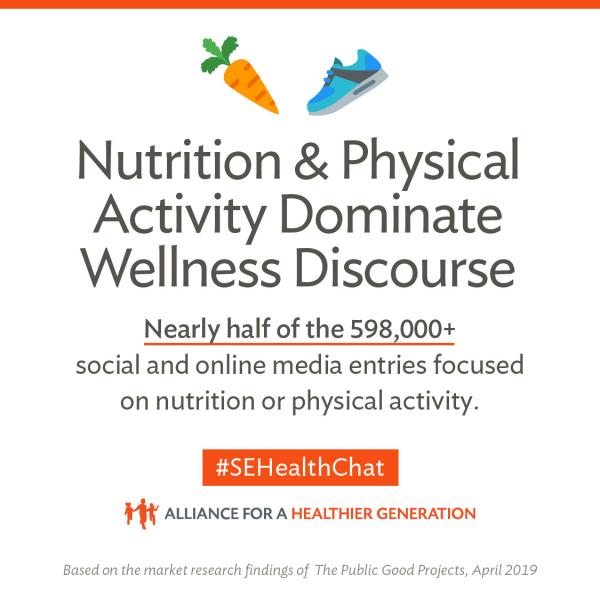August 21, 2019
Meeting the Health Needs of the Whole Child: 3 Key Learnings
Kids with a strong foundation in social-emotional health are better able to identify and manage emotions, express empathy, form healthy relationships, make responsible decisions, and cope with stress—giving them a greater chance to live up to their full potential.
At Healthier Generation, we’re committed to meeting children's comprehensive health needs, inclusive of promoting quality nutrition, regular physical activity, and positive social-emotional development.
As we seek to learn more about bridging the gap between wellness policies and practices and social-emotional health, we partnered with National University System, which offers the nation’s fastest-growing PreK-6 social emotional learning program, Harmony SEL, to build awareness of the integral role social emotional learning plays in a child’s overall health.
Together, we enlisted the help of The Public Good Projects to conduct a market research study to examine how to best frame ideas around social-emotional health and social emotional learning within the overall topic of school wellness. Interviews and surveys with subject matter experts and robust online conversation monitoring produced the following key takeaways:
1. Terminology Should Be Clear & Concise
Within the field of school wellness, there is a lack of consensus on the best terminology to use around the integration of social-emotional health and social emotional learning into wellness policies. Though this remains one of the field’s biggest challenges, if we act purposefully toward choosing—and tailoring—language that will resonate with various stakeholders, we can deepen our collective impact.
2. Nutrition, Physical Activity and Social-Emotional Health Must Be Coordinated
Driven by the latest science behind the interconnectedness of the mind and body, more work remains to formally integrate social-emotional health into school and district wellness policies. Expert testimony along with online conversation monitoring showed topics related to nutrition and physical activity still dominate the majority of the conversation around school wellness.
3. Healthy, Happy Students Start With Healthy, Happy Adults
While we’ve long recognized the importance of employee wellness in creating a healthy school environment, research showed that staff well-being is largely absent from conversations around school wellness. Educators come to work every day striving to do the best for their students; when we adequately support the social-emotional well-being of teachers and staff, everyone succeeds.
Together with our partners, Healthier Generation is committed to addressing the health needs of the whole child—inclusive of social-emotional health—to ensure every child can grow and thrive at school, at home, and in life.




